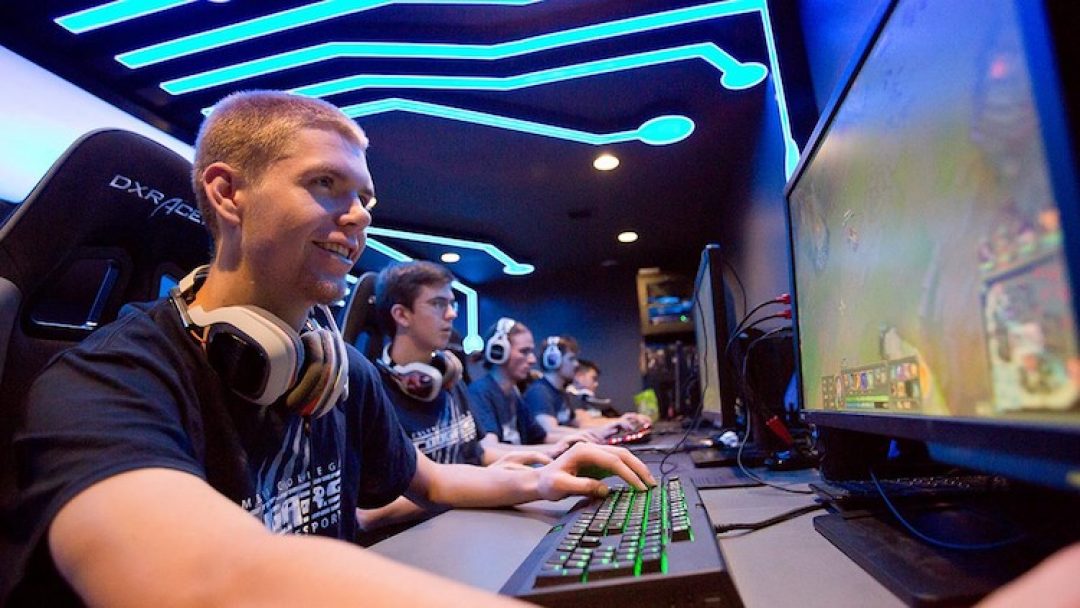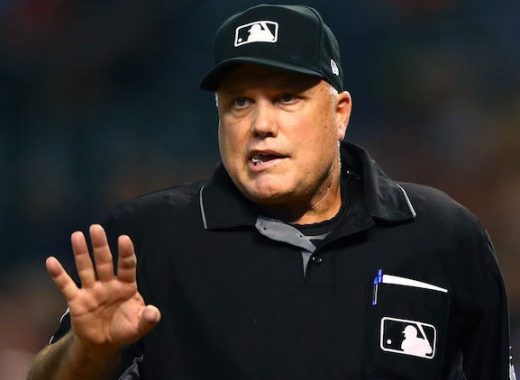In eight states, esports, or competitive video game playing, is being considered a high school varsity sport.
In the Fall of 2018, Connecticut, Georgia, Kentucky, Massachusetts, and Rhode Island were the first to make the move. The National Federation of State High School Associations announced a few months later that Alabama, Mississippi and Texas Charter schools joined the mix.
In 2019, the global esports market is expected to generate more than $1 billion and will reach a total audience of 454 million in that same time.
One format consists of two teams of students with six players each, facing off in a video game called “Smite.” This is one of three high-school-sanctioned esport games, in which participants battle each other.
As part of the Johnson STEM Activity Center in Atlanta, a new esports venue was opened in the city in February.
According to Brian Prokes, the center’s executive director, the goal of the facility is to level the playing field and give everyone an equal opportunity to compete.
“If there are two schools that don’t have the facilities to host a five-on-five tournament, we are here for them,” he said.
The traditional esports season runs through the end of April, with the playoffs and finals taking place in May.
The Arizona Interscholastic Association announced last year that Arizona high school students would be able to compete for an eSports state title in the future. eSports will join chess, J.R.O.T.C, robotics, speech and debate, spiritline and theatre under the AIA’s activities umbrella.
Plans are in works for teams to compete against each other in weekly competitions, and eventually, as the program grows, the AIA plans to add a state championship.
“The time is now,” AIA Director of Business Development Brian Bolitho said. “We know that a lot of universities now have esports programs and are offering scholarships for esports as well, so we felt it was best to get in on the ground floor of esports now.”
The goal is to grow the interest and participation of students around the state of Arizona and allow them to do something through school that they wouldn’t normally do.
The program calls for no cuts in esports. Schools can have as many students on as many teams as they want. The games will be played by teams of three and teams of five depending on the game.
The AIA is in the process of making a registration platform.








